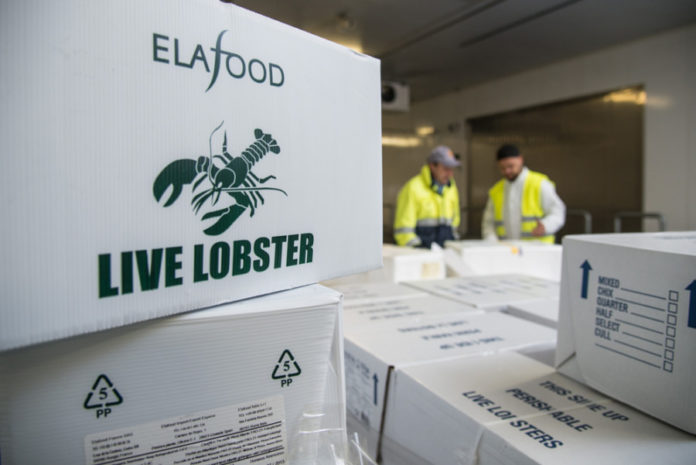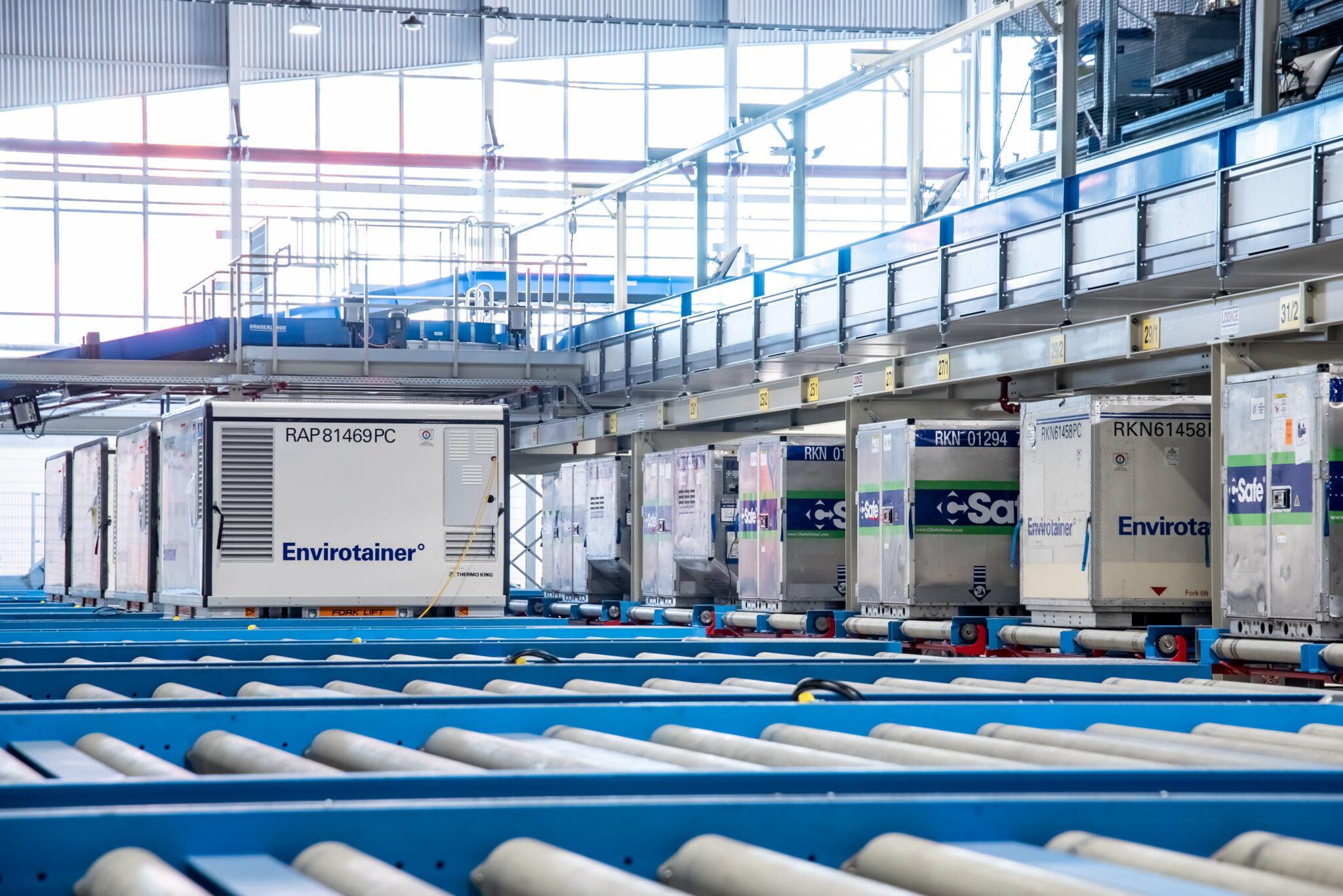

In the non-pharma perishables sector there is no equivalent, although talk in the industry suggests IATA may come up with a similar programme for the food side of the business.
“This means,” Susan Bell says, “without laws or even voluntary temperature regulations in the perishable supply chain, consumers have no choice but to put their trust in product and logistics providers.
“So that chicken you’ve eaten for dinner last night, you assume it’s safe. And for the most part, the reputable companies assure that safety, but not all start-ups do,” Bell says in reference to the plethora of food-related e-commerce platforms that have sprung up.
In what is clearly one end of the perishables supply chain, one of the problems she notes, is that these platforms offering e-meals, or speciality foods for instance, may not have any food safety experts onboard.
“But you ordered from them and they put it in an EPS (expanded polystyrene) cooler, or another type of item and they stuck an ice pack in it. You assume it’s safe, but it may or may not be.” She notes that the “dangerous lack of regulations” around perishable foods was highlighted in the US with a Rutgers University study last year.
Encompassing nearly 400 online food-related services including the two biggest – HelloFresh and Blue Apron – it was found that despite the fact all the companies in the study used cold packs and some kind of thermal insulation, half of all the meat, seafood and poultry arrived at consumer’s doorsteps higher than 4.4°C.
“That’s a temperature that makes meat unsafe to consume. One order in the study arrived with the temperature between 15.5 and 20°C – that’s halfway cooked,” she said. “Food containing that many pathogenic bacteria can cause food borne illness. And for a child or an elderly person it could be worse,” she adds.
Part of the problem is that the rapid rise of e-commerce has driven massive changes and added complexity in both the B2B and B2C fulfilment supply chains. The centre of e-commerce has shifted from North America to the Asia-Pacific, Bell highlights.
And with 1.4 billion people joining the global middle class by 2020, according to a McKinsey & Company study, a full 85 per cent will be in the Asia-Pacific region. The global affluence of this new emergent middle class – especially in Asia – has led to rocketing demand more expensive, imported foods.
This can be seen in everything from rampant demand for Chilean cherries, to US meat, of which 50 per cent of all that is produced is now exported to Asia. But the problem, Bell highlights, is that cross-border trade – including e-commerce – is even more challenging for temperature sensitive products because of various reasons, chiefly delays in customs. Part of this is just the sheer volumes involved.
Bell notes that earlier this year China’s General Administration of Customs reported that the annual growth rate over the last three years for cross-border e-commerce was over 50 per cent.
“The last mile is absolutely a critical challenge and one that we must continue to solve, but I’m here to tell you the last mile doesn’t matter if the first mile and all the other miles in between are broken. It’s a very highly complex supply-chain with multiple handoffs,” she highlights.
And with the problems that exist today including a lack of infrastructure in the emerging markets cool chains are already struggling. “What about the major growth that’s coming tomorrow?” she asks.













